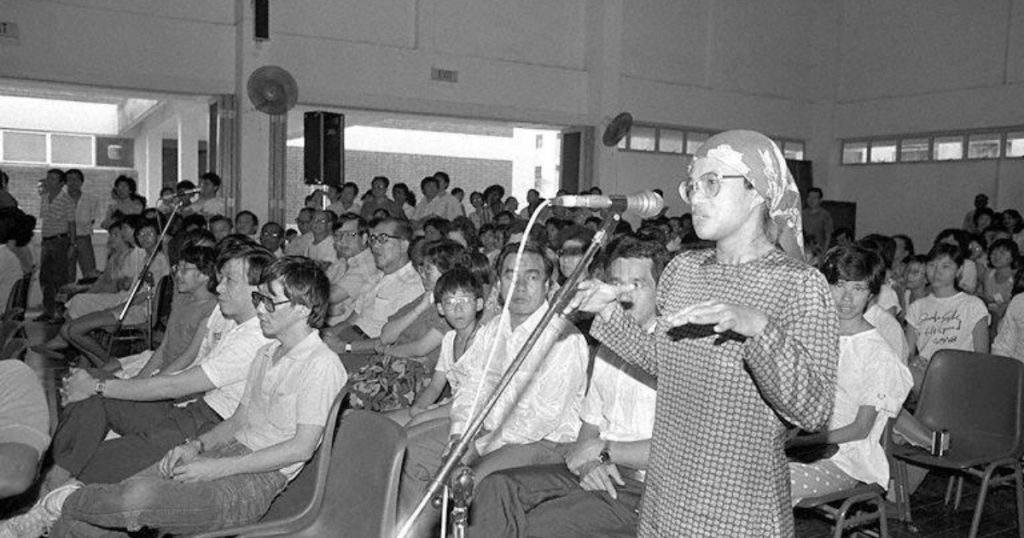In recent months, void decks have been in the news. Unfortunately, for all the wrong reasons. From a temporary barricade erected to stop restless children playing ball games to a community library being shut down because of complaints over noise and messiness. These instances have led us to question if society is becoming more intolerant. Or are such disputes inevitable as we live increasingly fast and hectic lives where peace and quiet have become a somewhat prized commodity?
However, the entire brouhaha also brings to mind a Chinese proverb - 好事不出门,恶事传千里. In short, good news hardly travels beyond the door, but scandals, on the other hand, will spread for thousands of miles. Therefore, is it any wonder that we seldom hear about how the void deck, a uniquely Singapore entity continues to act as a glue, bringing the community stronger together?
Here’s a look at the evolution of our void decks through the years.
1970s: The birth of the void deck

The void deck did not enter our lexicon until the late 1970s. But how did it come about? Legend has it that in 1973, the late National Development Minister E.W. Barker was driving one rainy day when he saw children getting wet in the rain. Back then, ground-floor flats were a common sight and sought-after units by kampong transplants. Now, if only we could raise the buildings one level up and provide shelter for the children, thought Mr. Barker. And just like that, the void deck was born.
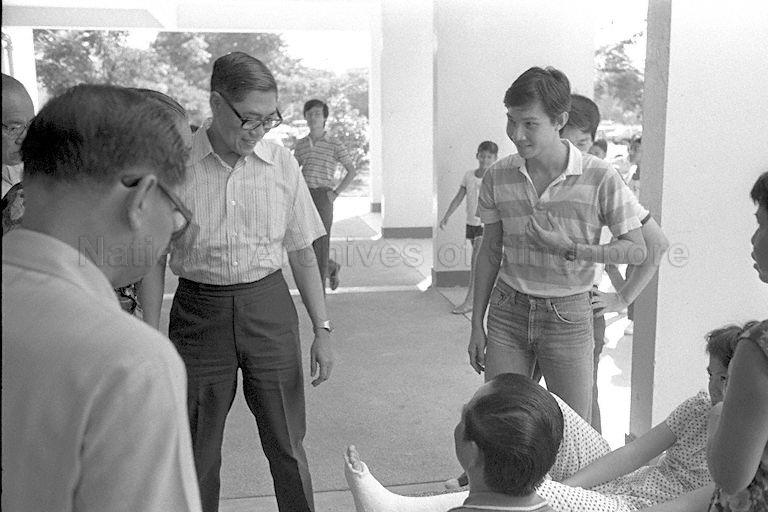
Throughout the 70s, empty spaces on the ground level became a quintessential characteristic of HDB flats. But slowly, what began as a shelter from the elements evolved into a shared space for community bonding.
1980s – 90s: The many uses of the void deck
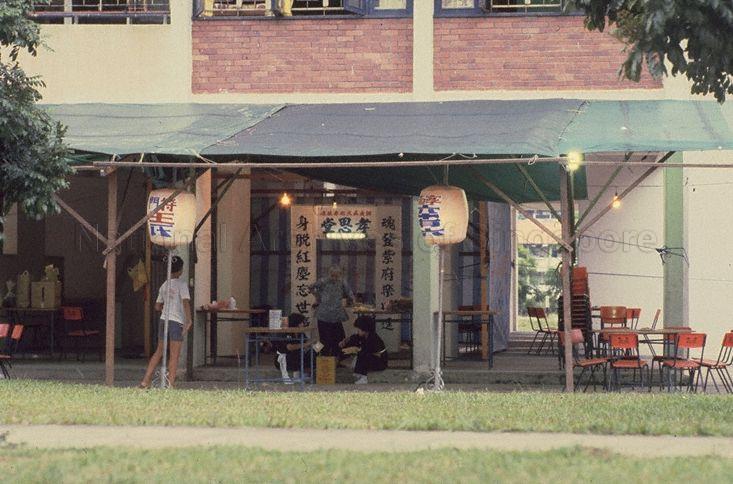
The cliché remains to this day. That of Malay weddings, Chinese funerals and festive grassroot events one would inevitably come across when living in an HDB flat. These social functions, combined with recreational amenities made the void deck a breeding ground for spontaneous and organic interactions.
And with space at a premium in Singapore, it is no surprise that the void deck is anything but void. For it is the minimalism that gives the void deck its versatility for a variety of uses.
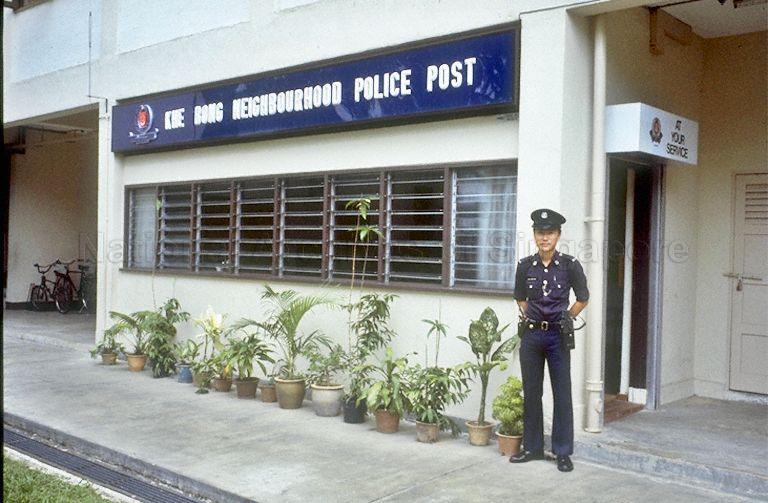
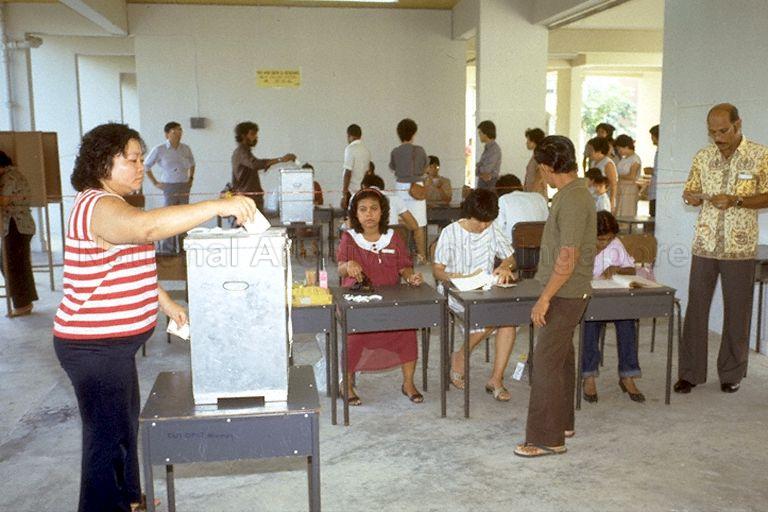




2000s – Now: Elevating the void deck
So far, the main aim of the void deck has been one of functionality. Shops, preschools, and neighbourhood police posts have since become part of the void deck repertoire, alongside letter boxes, chess tables and bicycle racks. But now that the basic amenities are there, it is time to beautify the place, giving each block the character it deserves.
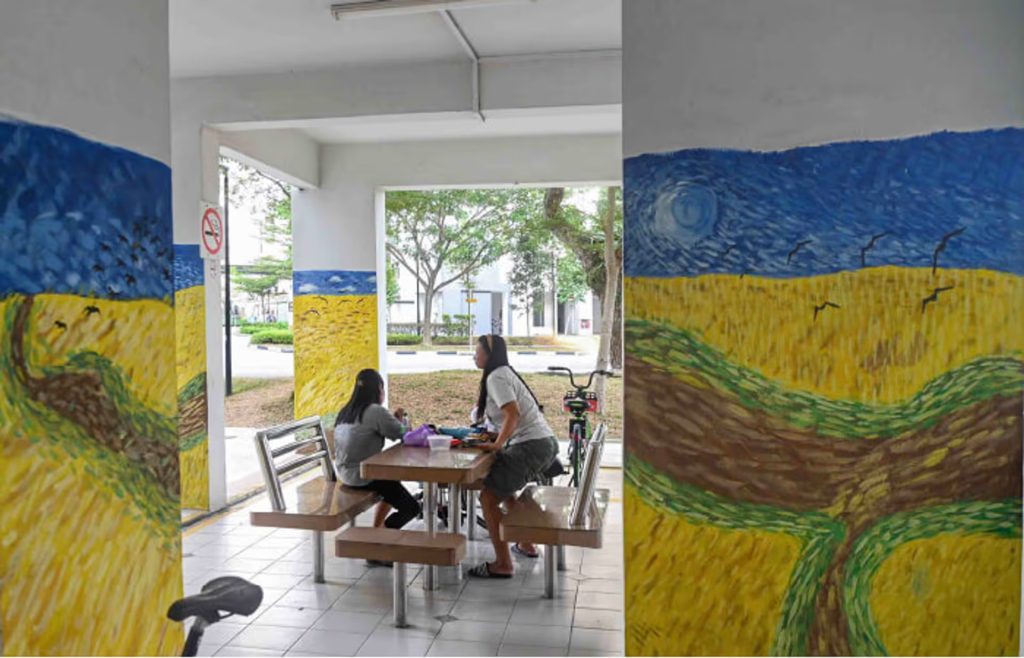


So, the question is, has the void deck lost its relevance in the age of social media? While neighbours are more likely to connect online, the void deck remains a place where people bring their friendship into real life and one where help and support are rendered.



“We have built a harmonious society by being big-hearted…We accommodate the practices, the beliefs and the customs of different races and religions. We share our void decks for Malay weddings, Chinese funerals, and other ceremonies. There is a spirit of give and take, mutual accommodation,” said Prime Minister (PM) Lee Hsien Loong during the 2012 National Day Rally.
And that, succinctly, has summed up the essence of what makes the void deck tick. Therefore, even though negative publicity has made us question whether void decks are still the community spaces as we remembered them. The answer is yes. And in the years ahead, there is no doubt that the void deck will continue to act as a magnet to draw communities closer and stronger together.
National Archives/ NHB/ NLB/ Roots.sg/ Chua Chu Kang Town Council/ Desmond Lee/ Rahayu Mahzam/ Sim Ann/ Yip Hon Weng/ Edward Chia/ Lawrence Wong via Facebook


